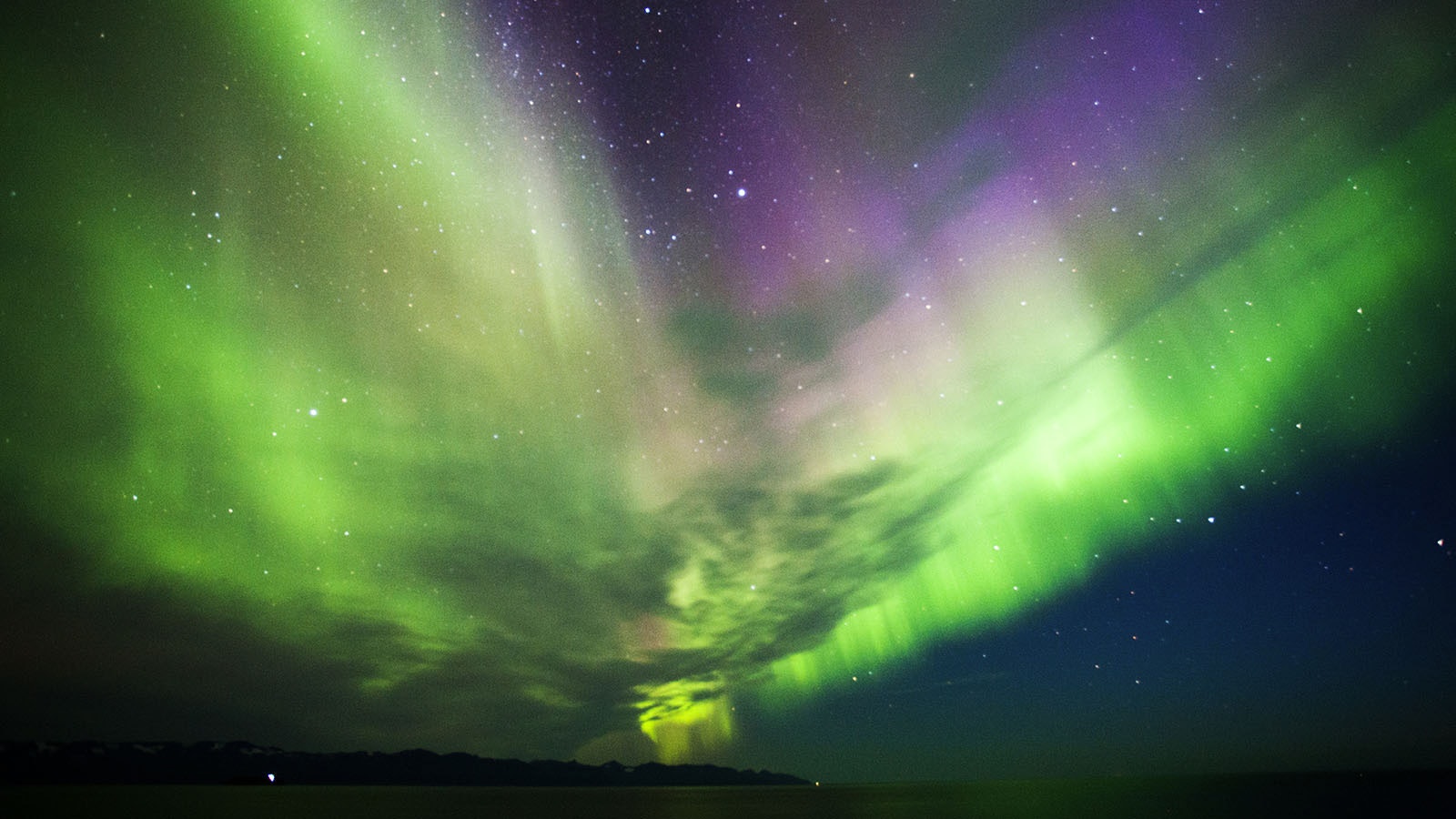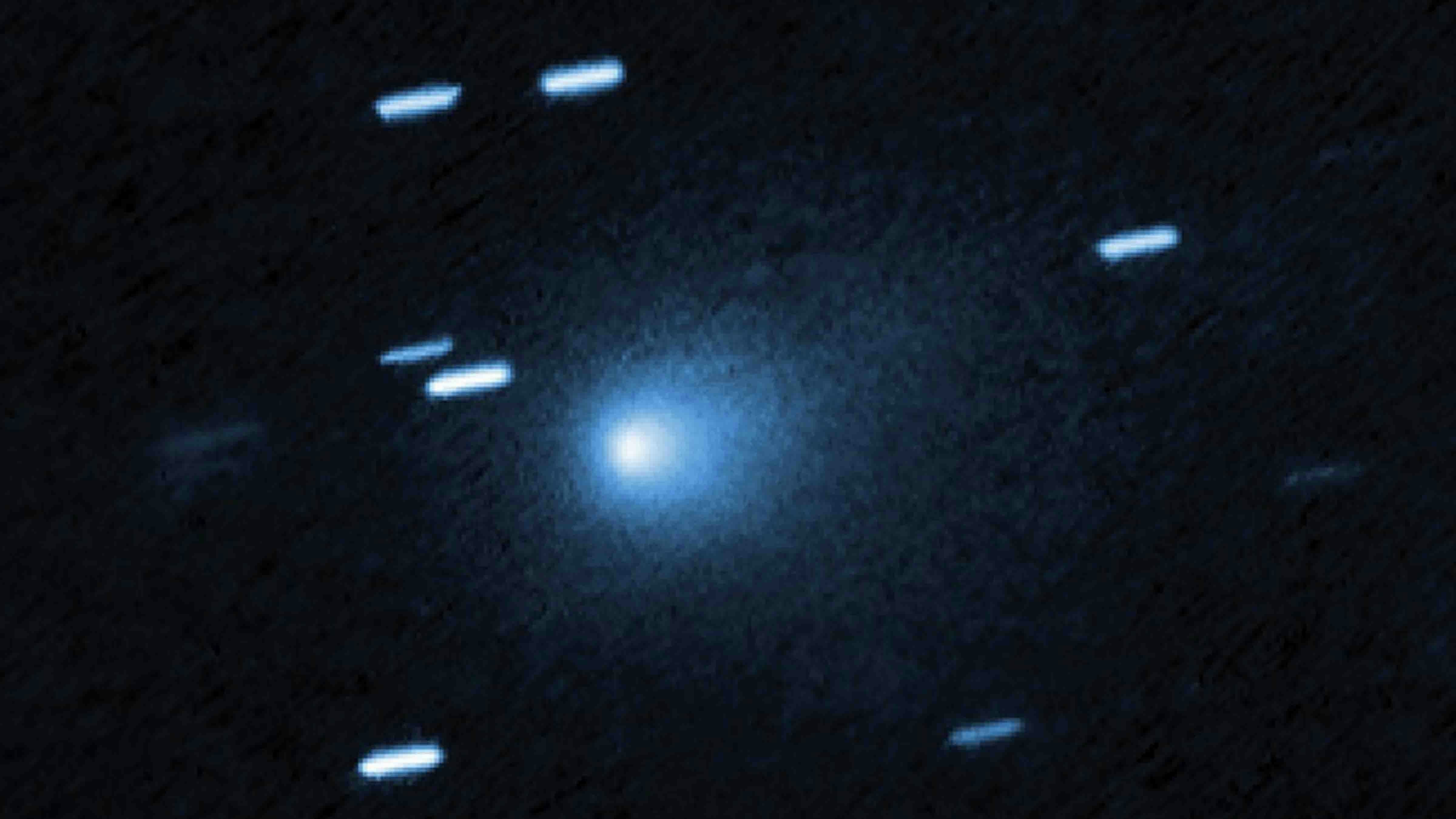Millions of Americans anticipating a light show from the heavens this week known as aurora borealis may be disappointed, including nocturnal sky-gazers in Wyoming.
Cowboy State Daily Meteorologist Don Day said that predicting the northern lights is a fickle endeavor, which means people excited about the phenomenon may or may not get to see them this week. They're very difficult to predict because sunspot activity known as coronal mass injection (CME) that creates the show of green, yellow and purple rays can just as easily be launched off into deep space where no being, as far as we know, can see it.
"Predicting aurora is tricky because everything is moving," Day said. "The sun is rotating and the earth is rotating and things have to line up just right to where people can see it."
Well, Maybe Not, Wyoming
The University of Alaska Fairbanks, predicted last weekend that aurora borealis could be visible July 13 as far south as a latitudinal line across the United States linking Colorado and Virginia.
Day said that line was revised Tuesday morning by the university. It now runs farther north in an arc from just south of Seattle, Washington, to south of Great Falls, Montana, to north of Billings, Montana, to south of Minneapolis, Minnesota, where it begins to arc north across Lake Erie, central New York and southern Maine.
"There are some contradictory data points on this very well-advertised aurora and there is some concern there will be disappointment as much as it was ballyhooed," Day told Cowboy State Daily.
But Day stopped short of throwing a wet blanket over this much-anticipated party.
Wyoming is a great place to be for stargazing in general because the state's low levels of light pollution don't tend to muck up the view. Also, clouds are not expected Thursday night during the prime viewing window. Only some patchy mid-level clouds are expected between about 10 p.m. and 2 am.
‘1 In 3 Chance’
Max Gilbraith, coordinator for the University of Wyoming's Harry C. Vaughan Planetarium, added that the moon will be low on the horizon Thursday and is not likely to interrupt the view.
However, Gilbraith said the intensity of this aurora is expected to be relatively quiet.
"On the 13th there's a 1-in-3 chance of getting a slight aurora and a 1-in-10 chance of getting a strong one," Gilbraith said.
For the best viewing, Day advises stargazers to find a place with a low, wide horizon and get away from cities where light pollution could interfere.
Day said earlier this spring there were some strong northern light shows that could be seen from Wyoming, but they were not predicted until shortly before they happened. Phone apps are available that constantly update the conditions that create northern lights.
Gilbraith said the colors in aurora borealis happen when high-energy particles interact with earth's magnetic field.
"When those particles collide with our atmosphere while traveling along a magnetic field from the North Pole to the South Pole they collect electricity and dissipate energy into our atmosphere causing it to glow," he said. "The colors represent different elements in our atmosphere."





